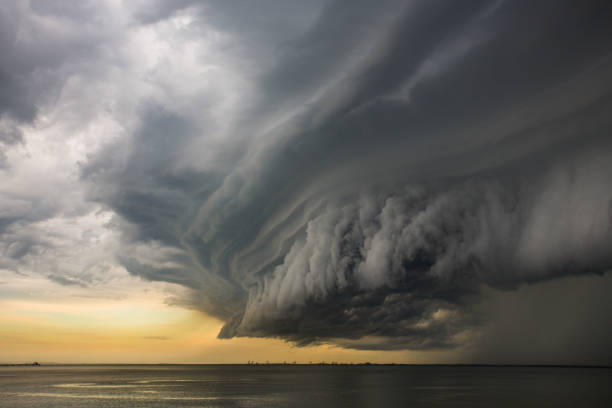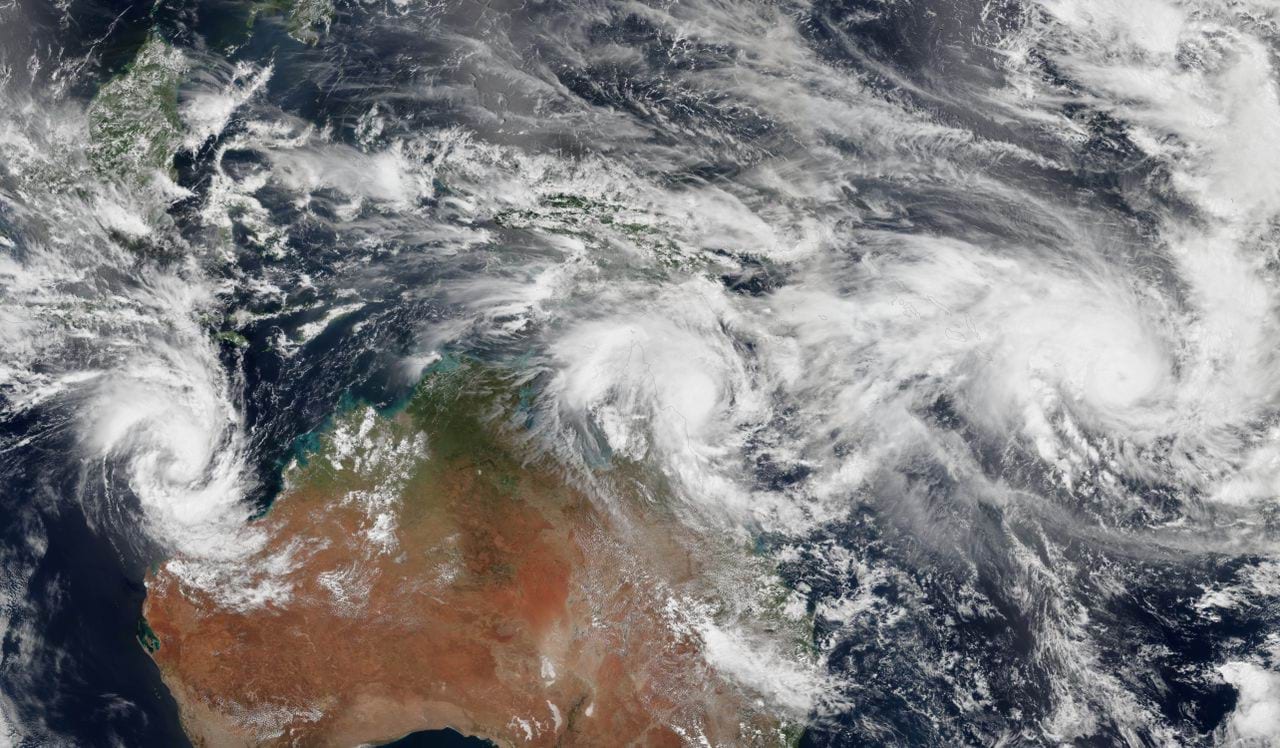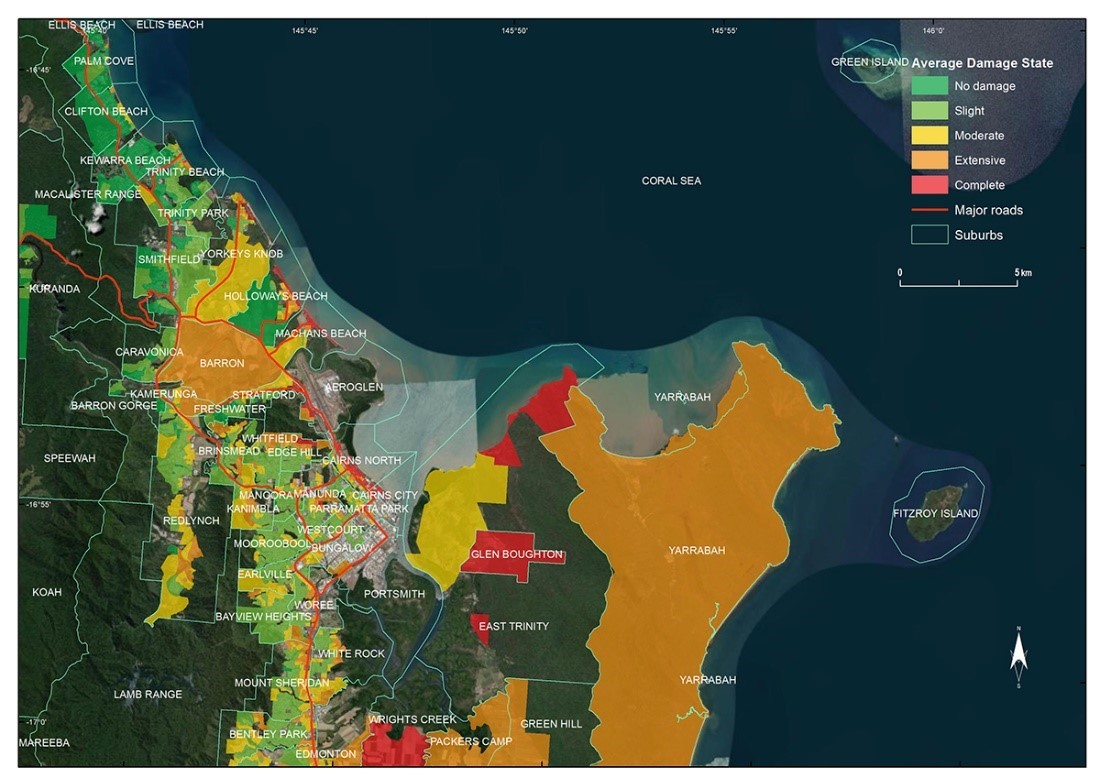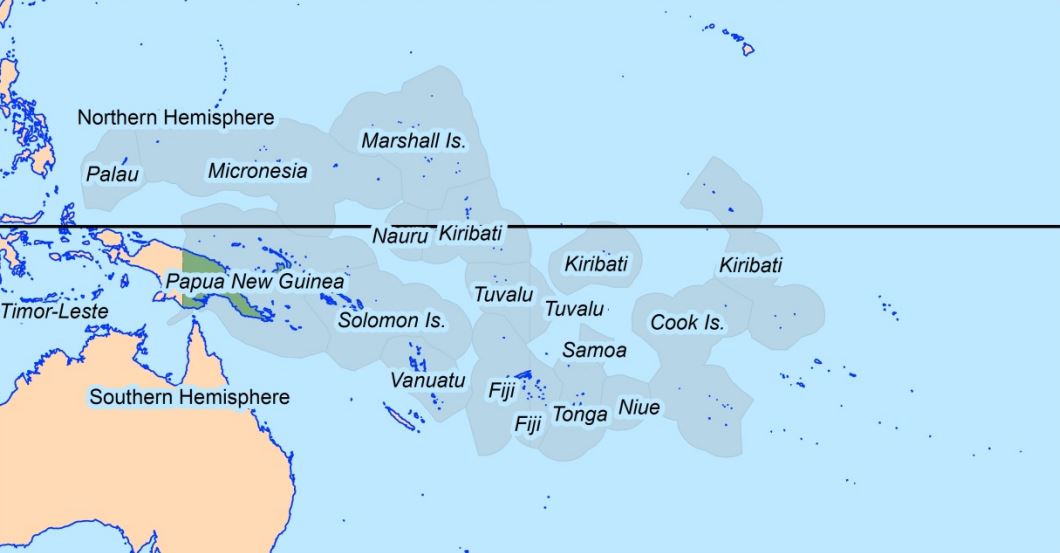Case study Assessing Queensland’s vulnerability to Severe Wind and Tropical Cyclones
How science and data were combined to help Queensland’s emergency managers plan for and reduce the impacts of tropical cyclone hazards.
Page last updated:1 July 2021

The problem
Knowing the tropical cyclone risk
Tropical cyclones are one of the most fatal and costly weather disasters and pose a great threat to Queensland, as shown by the devastation from Severe Tropical Cyclone Debbie, that amounted in more than 3.5 billion in direct losses, and sadly 14 associated deaths.
Because of this, there is a strong need to understand the disaster risk posed by severe wind and tropical cyclones, incorporating future climate change projections, to ensure Queensland communities and the emergency management sector can better be prepared for these events and make informed decisions backed by the latest scientific evidence and climate projections.
Significant effort should be invested to provide disaster decision-makers at every level with a shared understanding of risks, the situation, and capability, so that they can agree on the best decisions for the communities they serve - recommendation 7.b of the Queensland Inspector General Emergency Management Cyclone Debbie Review.
Geoscience Australia worked with the Queensland Fire and Emergency Services (QFES), Queensland Department of Environment and Science and James Cook University’s Cyclone Testing Station to explore Queensland’s risk to severe tropical cyclone events.
The solution
Working together to explore Queensland’s risk to severe wind and tropical cyclone events we:
- Applied nationally consistent data and information and translated it for a local level
- Developed a detailed hazard profile that determined the likelihood and intensity of tropical cyclones in seven population locations in Queensland and assessed how the hazard would change under future climate conditions.
- Modelled realistic and probable tropical cyclone scenarios to understand the impact on buildings, so QFES could analyse high risk areas and prepare for worst-case scenarios.
- Provided governments, emergency services and communities in Queensland with the evidence they need to help reduce the risk of future cyclone and severe wind events and improve community safety.
Geoscience Australia works with state and local governments and the emergency management industry sector across Australia to develop local hazard assessments. For more information, contact hazards@ga.gov.au
How we got there
Scenario modelling with future climate conditions
We simulated the impacts of tropical cyclone scenarios across regional areas of Queensland and assess the potential physical damage to buildings from severe wind and storm surge under current and future climate conditions.
Seven regional communities were chosen to receive targeted tropical cyclone hazard assessments:
- Cairns
- Townsville
- Gladstone
- Mackay
- Gold Coast
- Kowanyama
- Pormpuraaw
The Tropical Cyclone Hazard Assessment (TCHA) for Australia was used to define the severe wind hazard posed to these communities. This outlined the regions where tropical cyclone events are more likely to occur, and the likely intensity of these events.
We then worked with QFES to extract scenarios from the TCHA and integrated these with information on building exposure and vulnerability in those regional communities. This provided a comprehensive understanding of the impact and likely building damage caused by probable events.
Estimated residential housing damage in Cairns from a potential category 5 tropical cyclone. The damage is estimated by combining the hazard (the wind field from the category 5 cyclone), exposure (the residential houses) and vulnerability (a model that estimates the damage level depending on the wind speed and the construction characteristics of the residential buildings).
How this helps improve community safety in Queensland
This important assessment provides Queensland Government and Queensland Fire and Emergency Services the evidence to help plan for and reduce the impact of tropical cyclone hazards before the next event.
This assessment offers an important guide to preparing for worst-case scenarios and ensures QFES can reduce risk in vulnerable regions and better safeguard communities. It gives government and emergency services the best chance to plan ahead and minimise the potential impacts of cyclones and severe wind events.
In Queensland, the QFES’s collaboration with Geoscience Australia saw the state better prepared than ever for upcoming tropical cyclone season.
Looking forward
Supporting evidence-based decisions for government, industry and the emergency services
- QFES and the Queensland Government are using the insights from this project to make evidence-based decisions on severe wind and tropical cyclone hazards, now and into the future.
- QFES have partnered with Geoscience Australia to expand this hazard risk assessment to population centres in south-east Queensland.
- The Western Australian government have undertaken a similar project to improve community safety in their affected regions.
- Geoscience Australia is continuing to collaborate with international and Australian science organisations to undertake long-term research that supports reducing risk to natural hazards.
- Our science, data and tools reflect the latest advancements in science, technology and best practice towards the inclusion of an all-hazards assessment so we can ensure Australian communities are as safe as possible from the consequences of natural hazard events.
How we can help you
Contact us to gain a better understanding of the cyclone and severe wind risk in your state, region or sector so you can develop targeted and effective risk mitigation and risk reduction strategies.
Our cyclone and severe wind resources can help identify your region’s high-threat areas so you can make better-informed natural hazard decisions.
Email hazards@ga.gov.au











